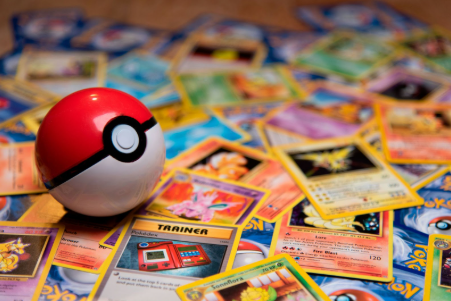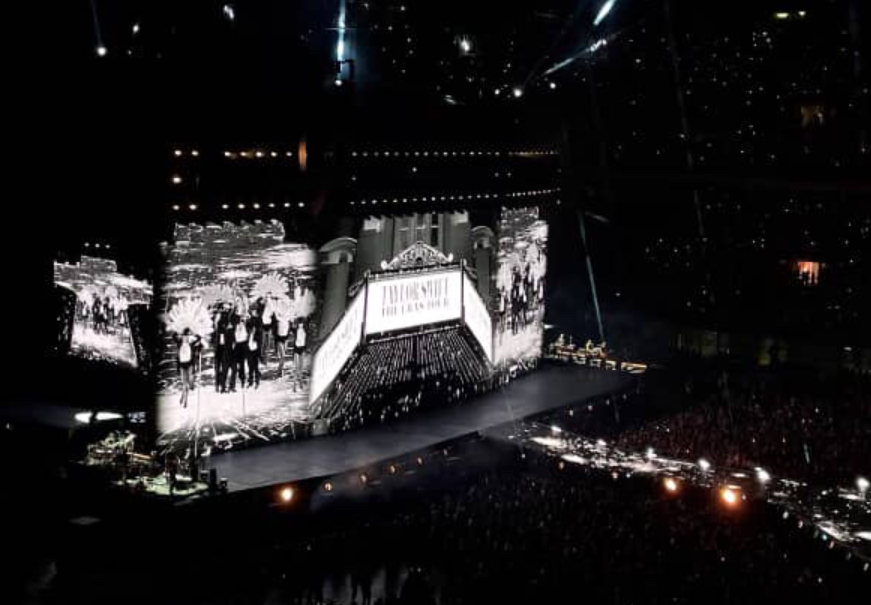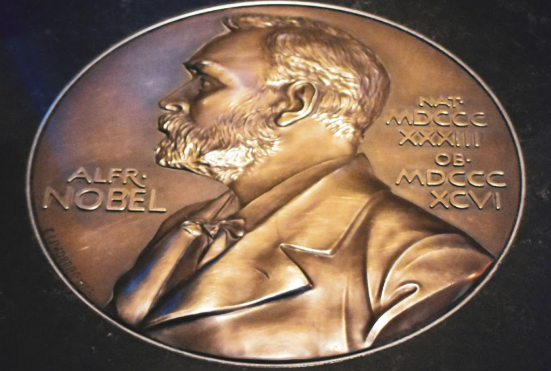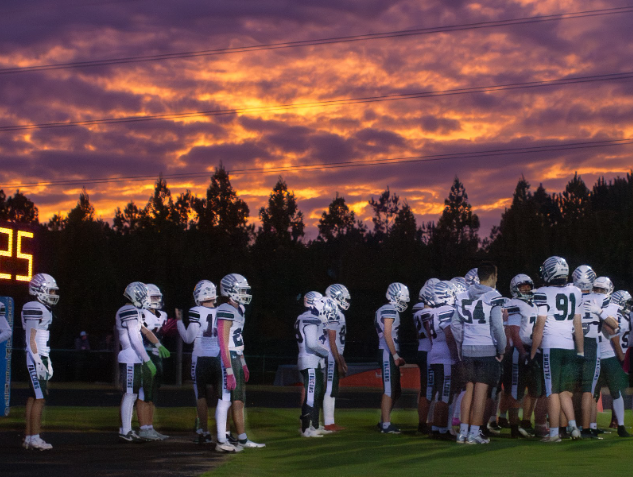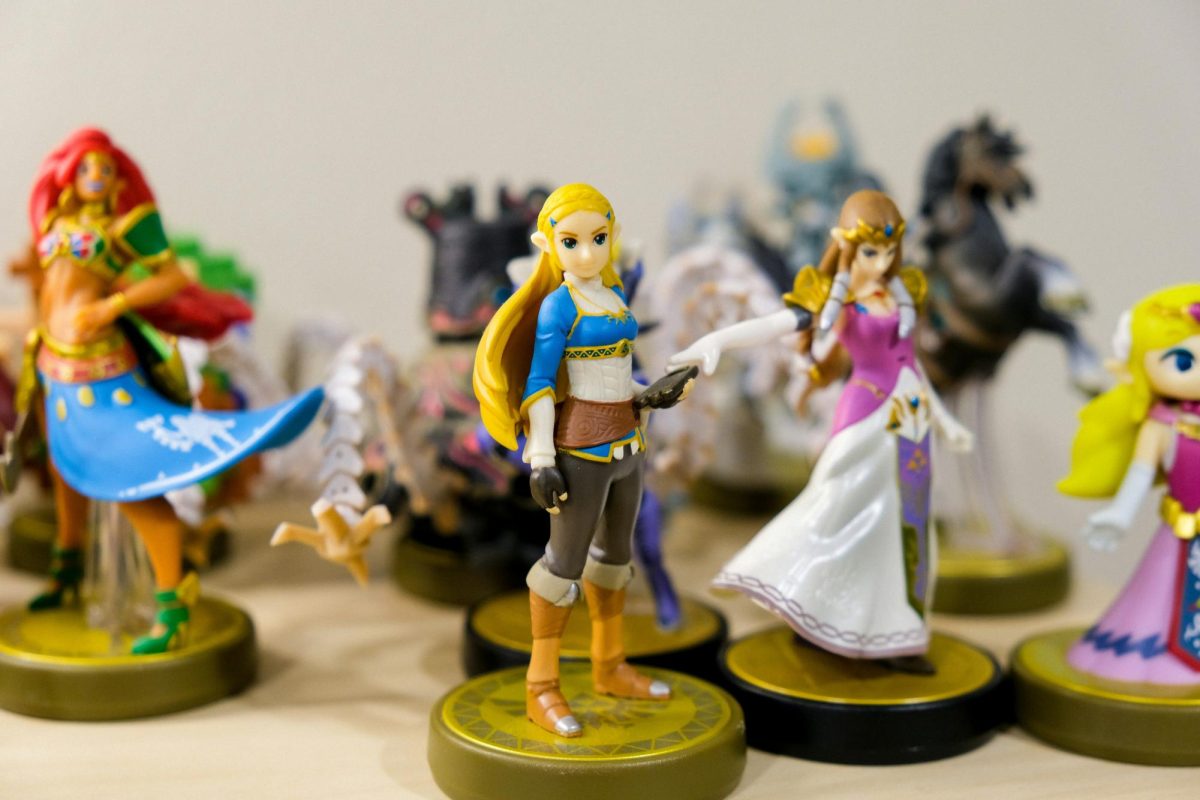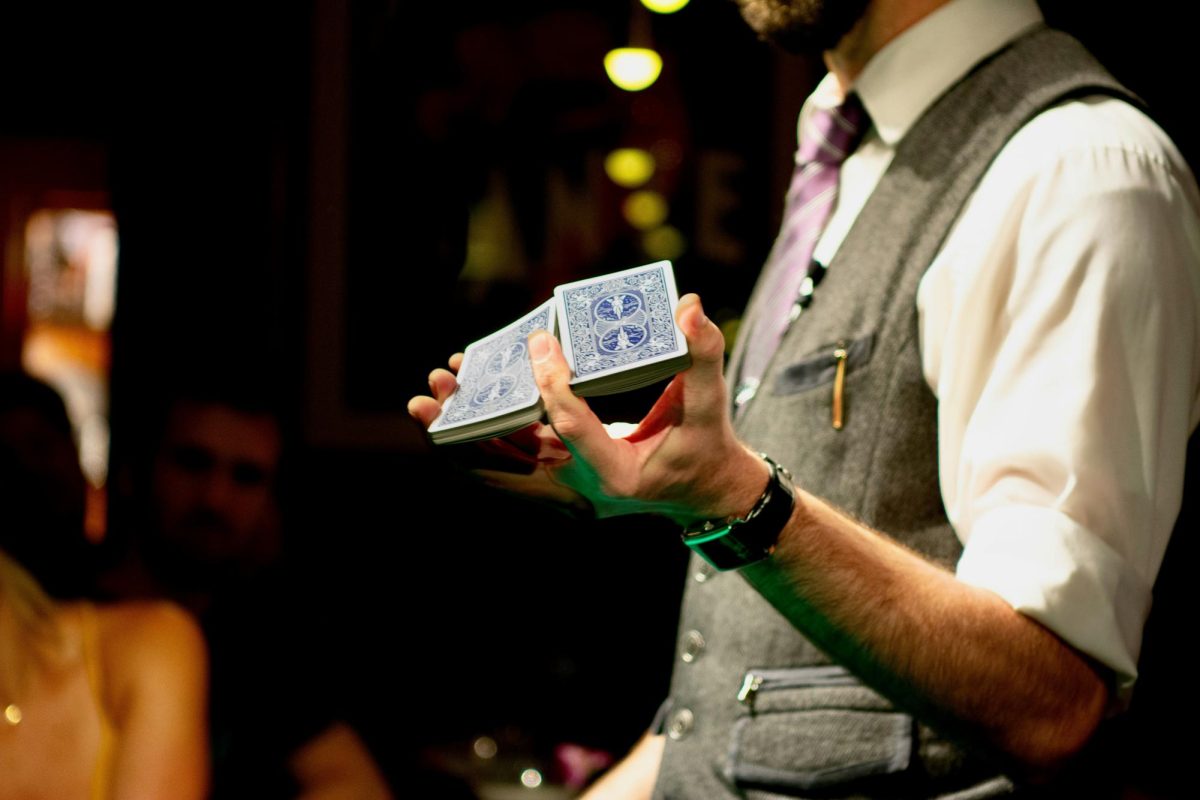Any building made without pillars would remain only on ground level, deprived of the fundamentals that keep it tall and supported. Pillars bear the weight of all structural elements—without them, there would be no finished product. This same way of thinking can be applied to the well-known cable television channel, Cartoon Network. Many shows have aired on Cartoon Network, but only a few are credited for bolstering the channel to where it is today. So, what exactly are the true pillars of Cartoon Network?
First and foremost, it needs to be established exactly how Cartoon Network came to be. Similar to other popular cable channels, the end product was different from its starting point. On August 7, 1985, the founder of Turner Broadcasting System, Ted Turner, announced his plans to purchase the film studio Metro-Goldwyn-Mayer/United Artists (MGM/UA).
The ultimate reason behind this acquisition was MGM/UA’s extensive 2,220-film library. The library featured well-known titles such as “Gone With the Wind” (1939) and “The Wizard of Oz” (1939). Turner was concerned that Hollywood movie studios might raise prices for film licensing above what he could afford, ultimately cutting off the kind of content that his audience deemed valuable. Buying MGM/UA would guarantee a steady stream of programming for his superstation, WTBS.
On March 25, 1986, Turner finalized his acquisition of MGM/UA for $1.4 billion; soon afterwards, MGM/UA was renamed MGM Entertainment Co. However, due to the massive debt Turner had managed to accumulate, he was forced to sell parts of MGM’s distribution and production assets. Turner still had the studio’s film, television and cartoon library in his possession, and with this, formed Turner Entertainment Company.
In 1991, similar to MGM, Turner acquired the library of animation studio Hanna-Barbera to launch an all-animation network aimed at a younger audience. That same year, Turner handpicked Betty Cohen, then Senior Vice President of TNT, to formulate a network where these programs could find a home.
A year later, Cartoon Network would make its official debut on television. The difference between Cartoon Network and other cable networks was its constant, 24-hour offering of all animated content.

During its early years, most of Cartoon Network’s content was just reruns of Hanna-Barbera cartoons such as “Scooby-Doo” (1969) and “The Flintstones” (1960). The first original series to come out of the newly formed animation channel was “The Moxy Show” (1993), which featured clips of classic cartoons with a commentary by a dog named Moxy.
In 1994, Cartoon Network Studios (Hanna-Barbera’s new division) was founded to provide the channel with original animated shorts and programs. The first production the studio created was “What a Cartoon!” (1995), an anthology series composed of 48 cartoon shorts.
It was ambitious; no one in the history of animation television had attempted something similar. Independent creators were allowed the chance to fully immerse themselves in their unique visions for their cartoons. There was no trace of meddling by the higher-ups, even the music used in these shorts had to be made individually.
More than ever, there was an emphasis on independent creators, especially when the studio decided that these cartoonists could earn royalties from their creations and keep their rights. No one could have properly predicted it back then, but “What a Cartoon!” would become incredibly important for Cartoon Network as a brand.
“What a Cartoon!” served as a launching pad for original cartoons to become full-fledged series. Many of the network’s most popular shows originated from this very project. The first cartoon to be greenlit by Cartoon Network to be made into a series was “Dexter’s Laboratory” (1996). Other cartoons, including “Johnny Bravo” (1997), “The Powerpuff Girls” (1998) and “Courage the Cowardly Dog” (1999) would soon follow in getting their own series.
These shows were the first to be called “Cartoon Cartoons”, the network’s way of branding its original cartoons. From 1999 to 2003, Cartoon Cartoon Fridays (the network’s Friday programming block) displayed these very cartoons. The moniker lasted all the way until 2004; however, not all cartoons made around this time were labeled Cartoon Cartoons—” Samurai Jack” (2001), for example, did not bear the title.
Without “What a Cartoon!”, many of the animated shows Cartoon Network is known for would have never gotten the chance to be made into a series. Since then, many cartoons have been created, but only a select few stand out when the brand Cartoon Network comes to mind.
In 2010, Cartoon Network Studios produced two of its most recognizable shows, “Adventure Time” and “Regular Show”. It did not take long for both of these titles to become hits, and critical acclaim followed wherever “Adventure Time” and “Regular Show” went.
A little down the line, “The Amazing World of Gumball” premiered in 2011. The first two seasons of the show aired in more than 126 countries on Cartoon Network channels. With its quotability and witty sense of humor, it is no wonder that “The Amazing World of Gumball” gained its popularity.
It is difficult to mention the pillars of Cartoon Network without mentioning the mascot of the television channel—” Teen Titans Go!” (2013). The cartoon is what “SpongeBob SquarePants” is to Nickelodeon: a money-maker.
While it might not be Cartoon Network’s most critically acclaimed series, it is obvious how much the network treasures “Teen Titans Go!” 417 episodes later, and the show is still going strong with more episodes to be aired.
Of course, this is not to leave out shows like“Ben 10” (2005), “Codename: Kids Next Door” (2002), “Steven Universe” (2013) and many more after that. All of these shows played an important role in crafting Cartoon Network to be the channel everyone remembers it as.
Think of it as the famous Greek structure, the Pantheon; one little pillar was not enough to keep it standing at its height of 65 feet tall. Multiple pillars supported the Pantheon into being what it is today, similar to Cartoon Network.
No matter how old people get, these shows remain in the background of many memories. Moments surrounding Cartoon Network and the simple experience of watching the channel will be remembered for years to come. And for that, these pillars are to thank.

